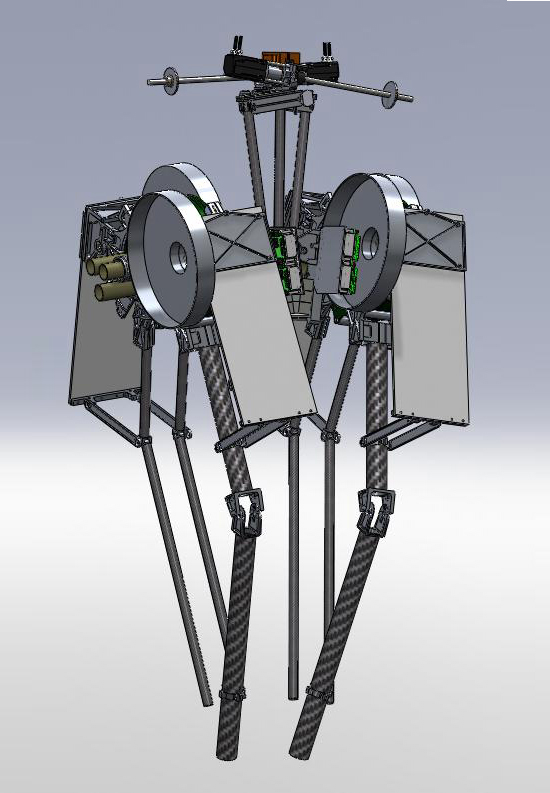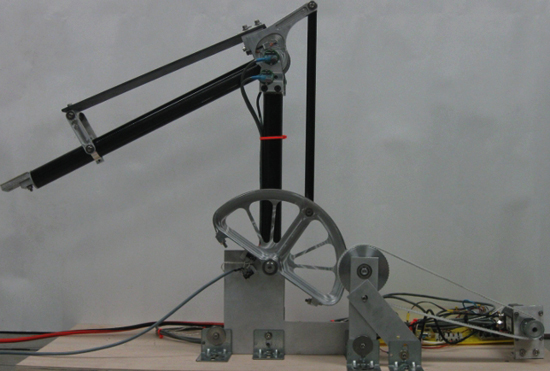KEEP UP WITH OUR DAILY AND WEEKLY NEWSLETTERS
PRODUCT LIBRARY
designboom is presenting the sound machines of love hultén at sónar festival in barcelona this june!
connections: 74
BMW releases the upgraded vision neue klasse X, with a series of new technologies and materials especially tailored for the upcoming electric smart car.
following the unveiling at frieze LA 2024, designboom took a closer look at how the color-changing BMW i5 flow NOSTOKANA was created.
connections: +630
each unit draws inspiration from emergence, featuring a hexahedron-based structure that facilitates integration into larger systems.
connections: 96

 a test platform for a single degree of freedom force controlled actuator. the system measures the force applied by measuring the deflection in the spring. different springs of widely varying stiffness can quickly be exchanged.image courtesy of oregon state university
a test platform for a single degree of freedom force controlled actuator. the system measures the force applied by measuring the deflection in the spring. different springs of widely varying stiffness can quickly be exchanged.image courtesy of oregon state university





